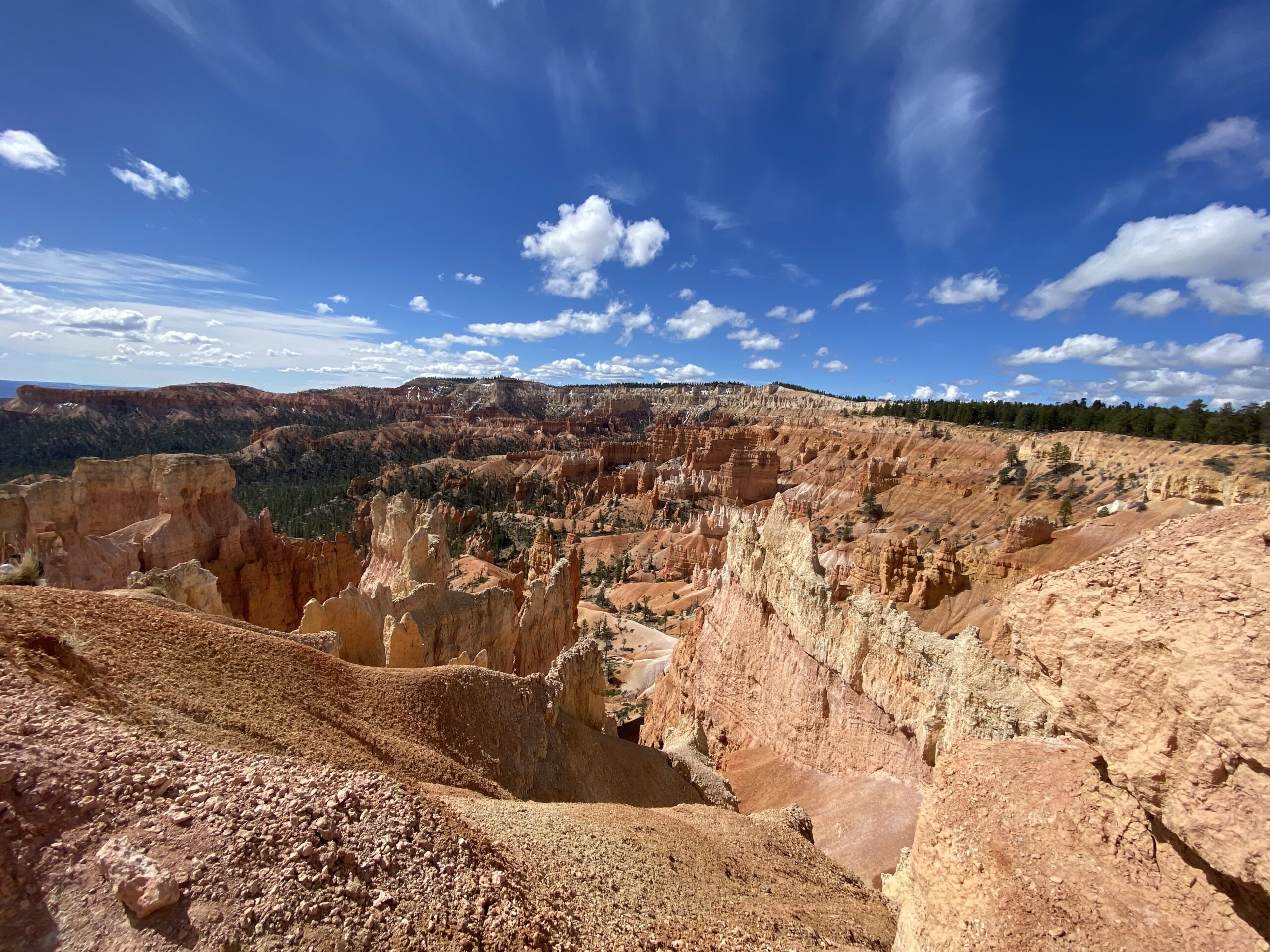Of the “Mighty Five” national parks in Utah, Bryce Canyon is arguably the most spectacular. To be sure, hoodoos, the irregular rock towers that are the park’s main attraction, can be found all over the world. But nowhere will you see them in the concentration of Bryce Amphitheater. It’s a take-your-breath-away moment when you step up to the rim and see the hundreds of hoodoos, standing tall like a crowd of people.

Many of my friends have told me that Bryce is their favorite national park in Utah or even in the entire United States. It may seem blasphemous to say, but the park isn’t among my favorites.
Don’t get me wrong, I’m always wowed by the view. It’s just that once you drive the road and stop at all the overlooks, once you hike a trail or two amid the hoodoos, there’s just not much more to do in Bryce.
You can spend a week at many national parks and never feel like you’ve done more than scratch the surface. Bryce can be done in a day without missing anything major.
The best argument for even a two-day stay is that you can stay for sunset and get up for sunrise, and watch the colors of the rock change as the sun hits from different angles.

We opted for a single day trip, getting up early and leaving Zion National Park, to drive the hour and a half up to Bryce. We stopped first at the visitor center to check on trail conditions.
Since we had been to Bryce about 10 years earlier, we thought we’d forgo the more popular trails, and instead descend from Bryce Point to the Peekaboo Loop. We figured the 5.5-mile trail would be a little less crowded than those that descend into the middle of the amphitheater.
But the ranger said the trail from Bryce Point was still a little icy, and he recommended a figure-8 loop combining the Queen’s Garden/Navajo Loop with Peekaboo instead. So we drove to Sunrise Point, one of the more popular overlooks in the park, and hiked down the crowded trail.
When we got to the Peekaboo Loop, we took a wrong turn and ended up hiking up to Bryce Point after all. Fortunately, by the afternoon, the trail had melted out. But once we got to the top of the canyon, we were miles away from where we had left our car. So we had to hop on the shuttle bus back to Sunrise Point.

After two trips to Bryce, I’m not sure we’d go back anytime soon. Perhaps a winter visit might tempt me. The canyon has an average elevation of 8,000 feet with some area at over 9,000 feet. It gets more snow than other National Parks in Utah, and even in the summer is often a respite from scorching temperatures of the desert.
Maybe visiting Bryce in winter would move it up on my list of favorite parks.


